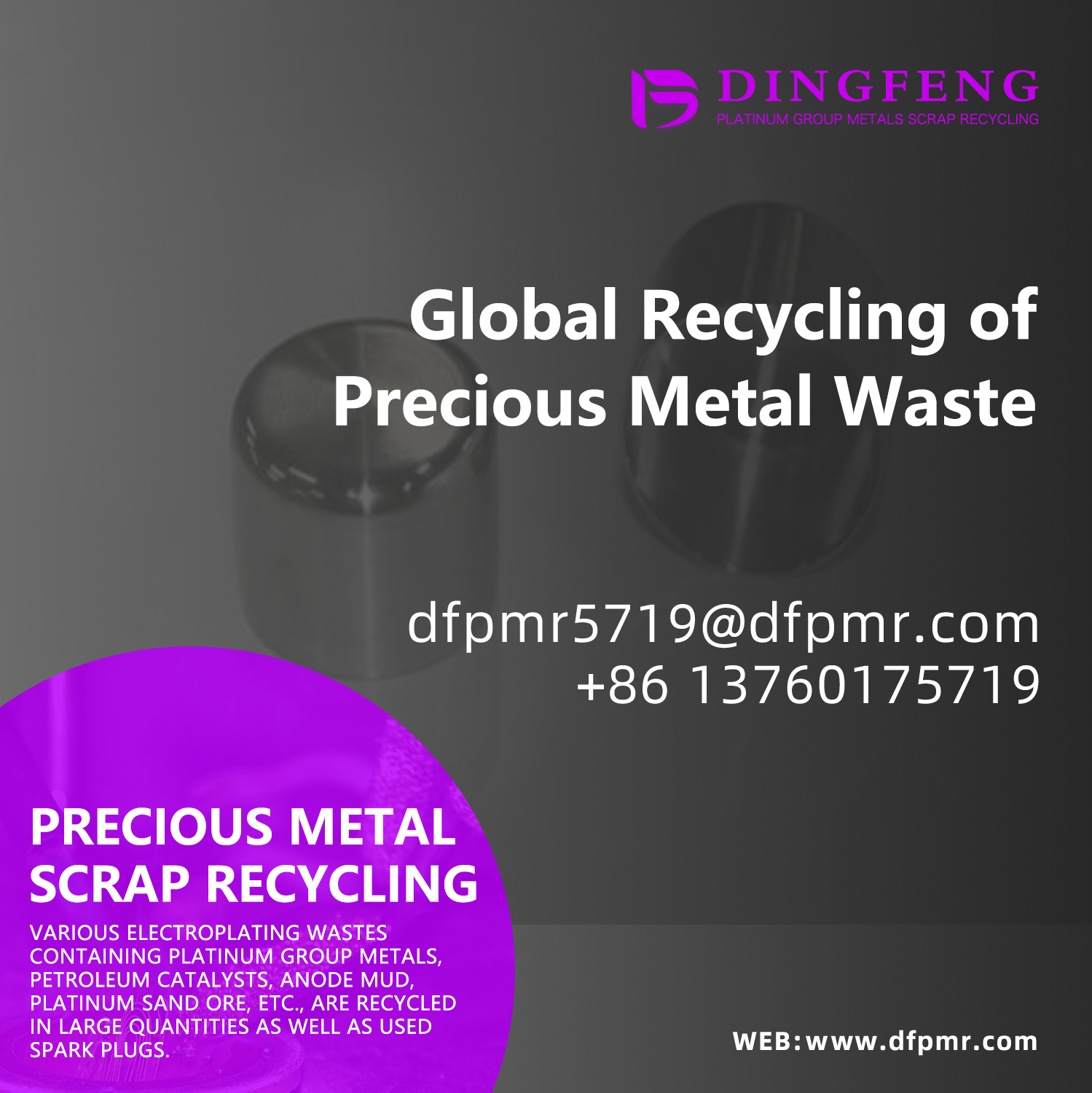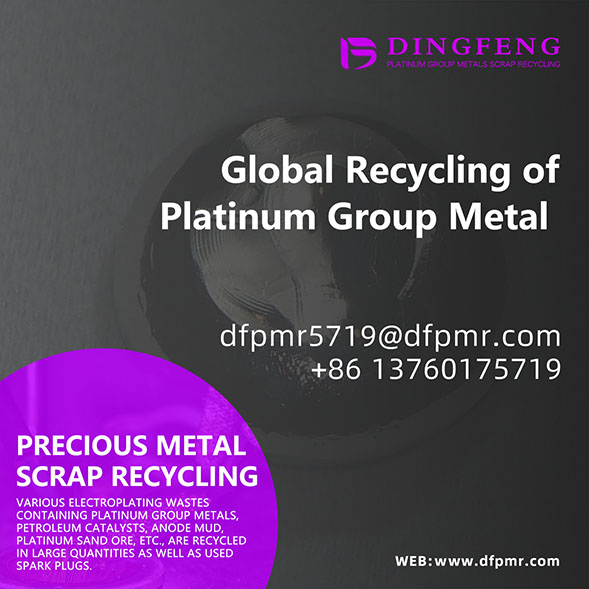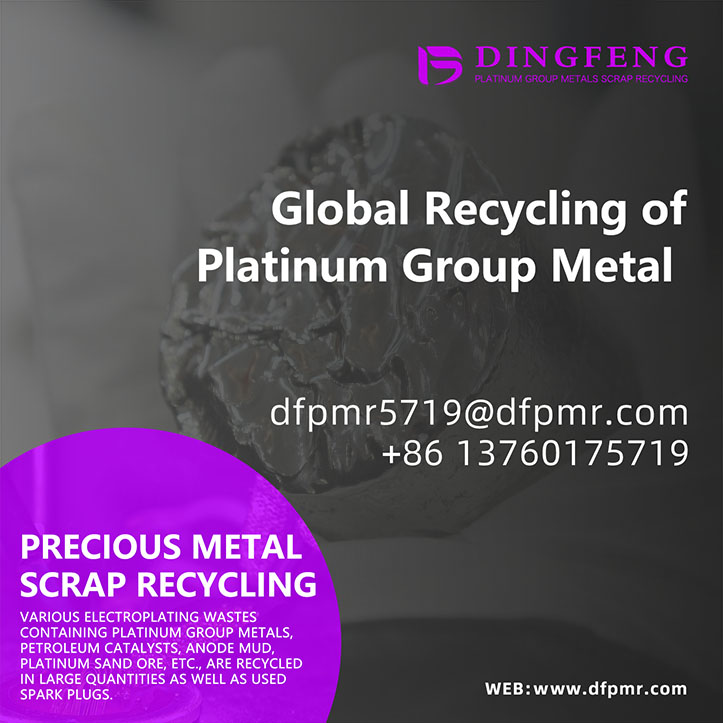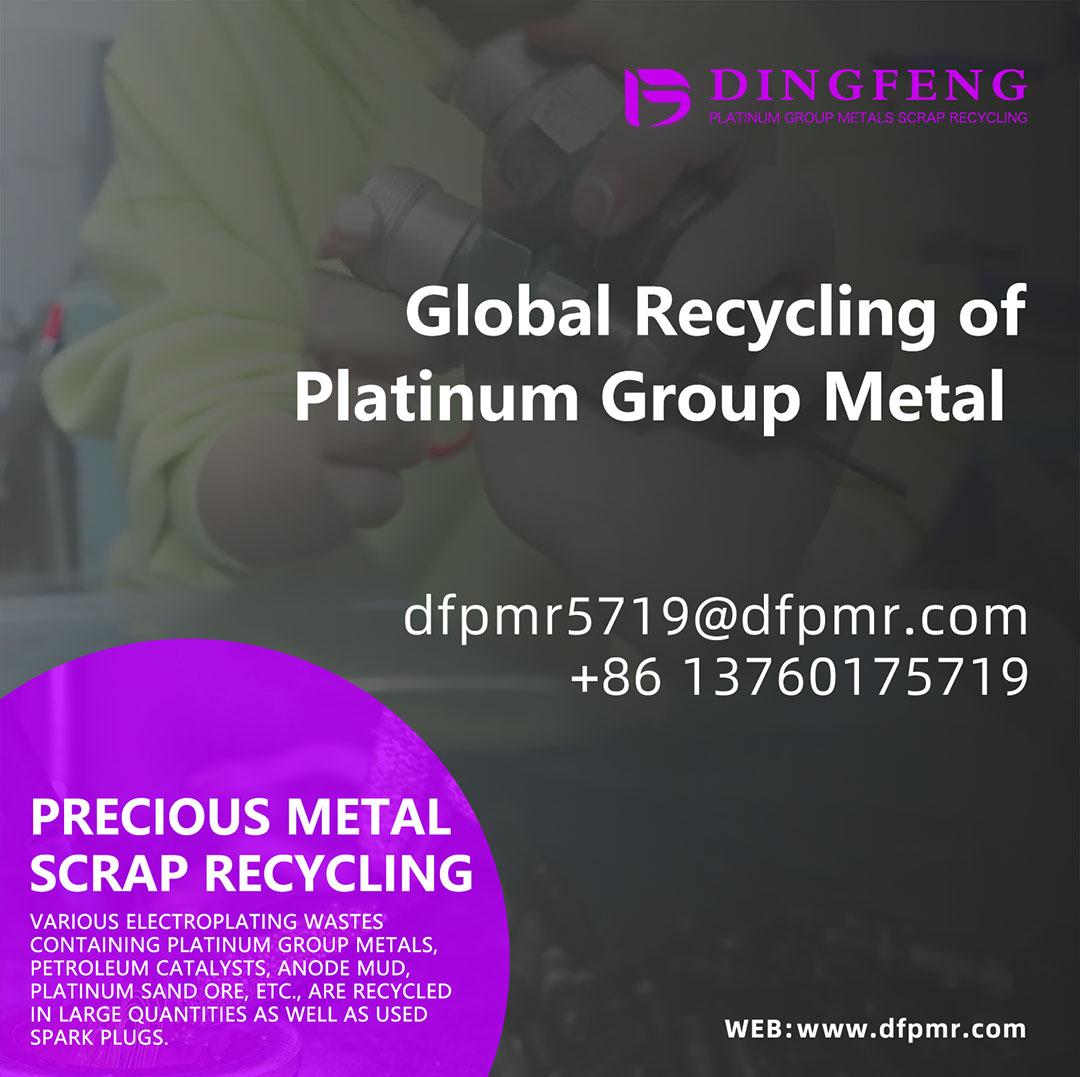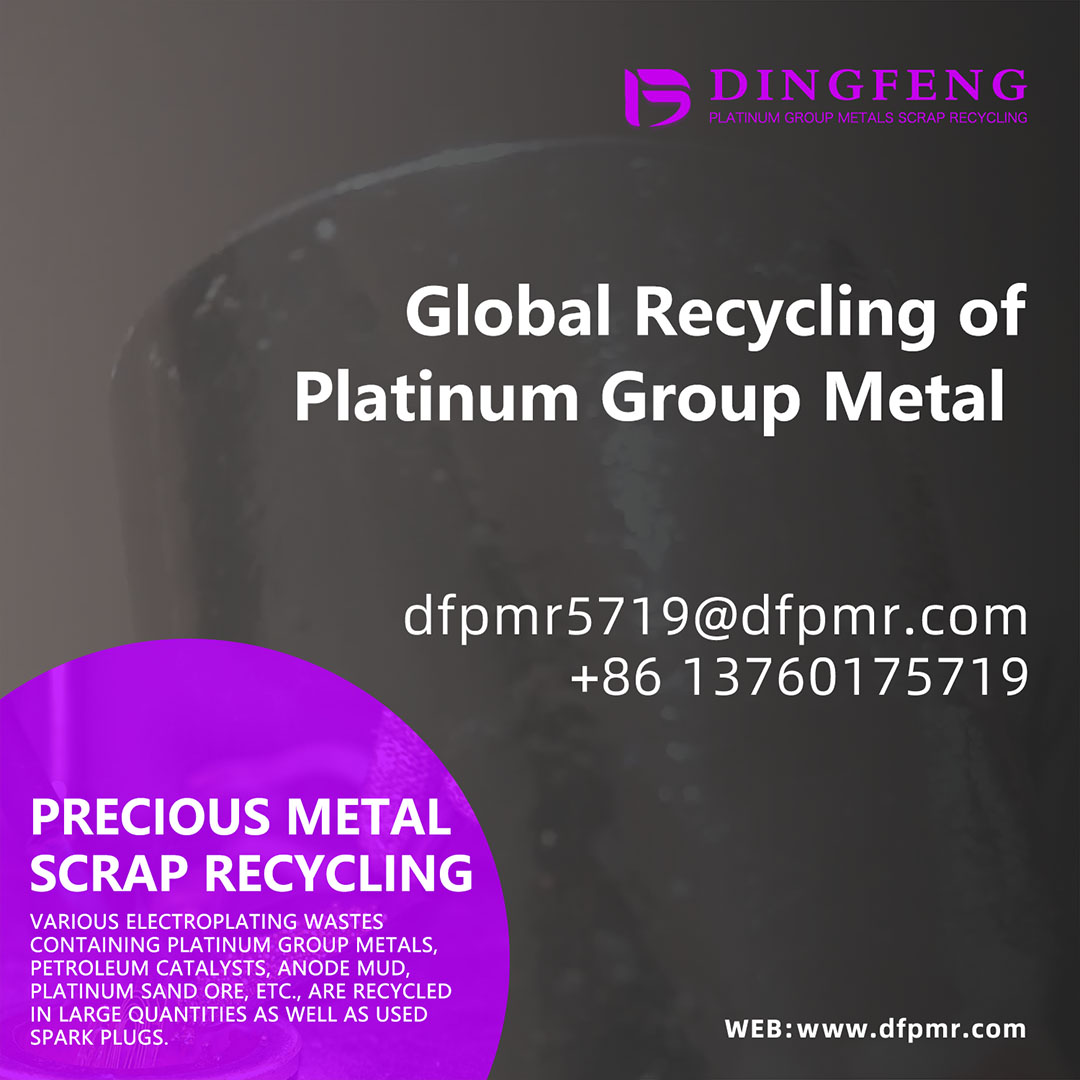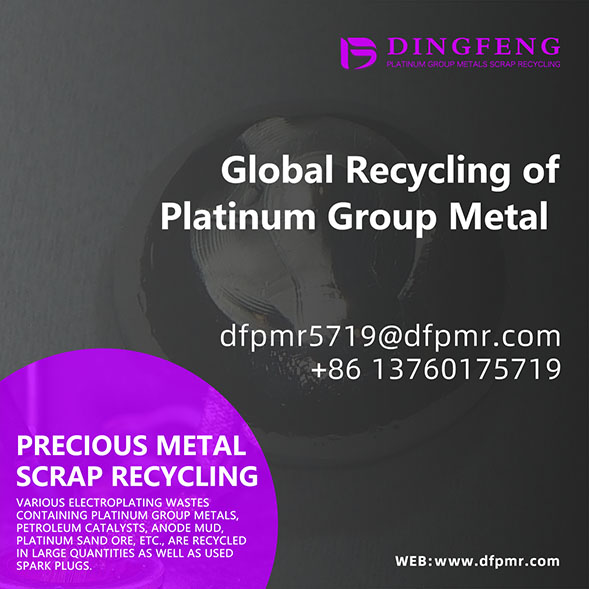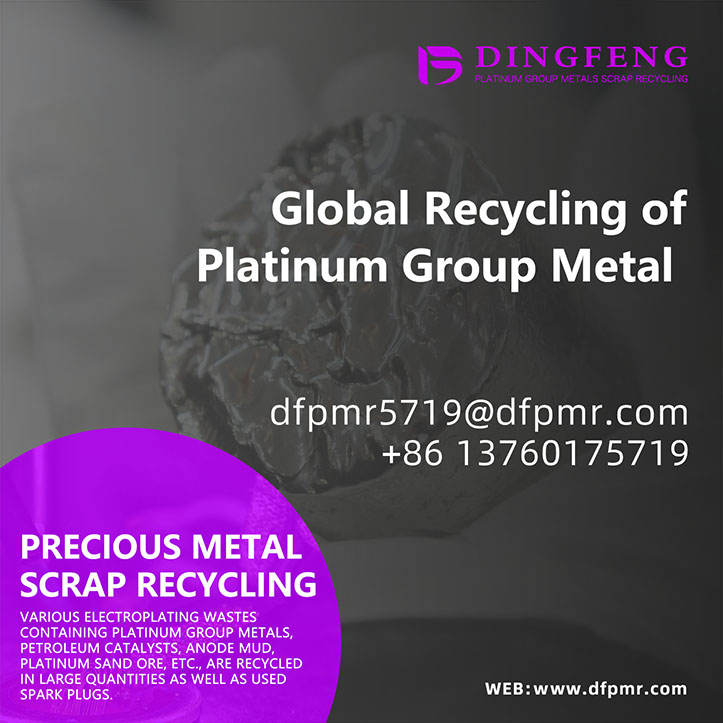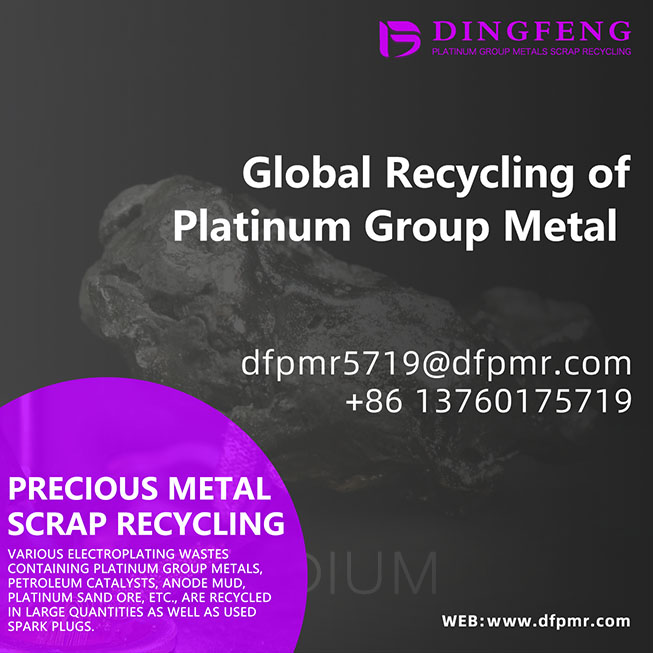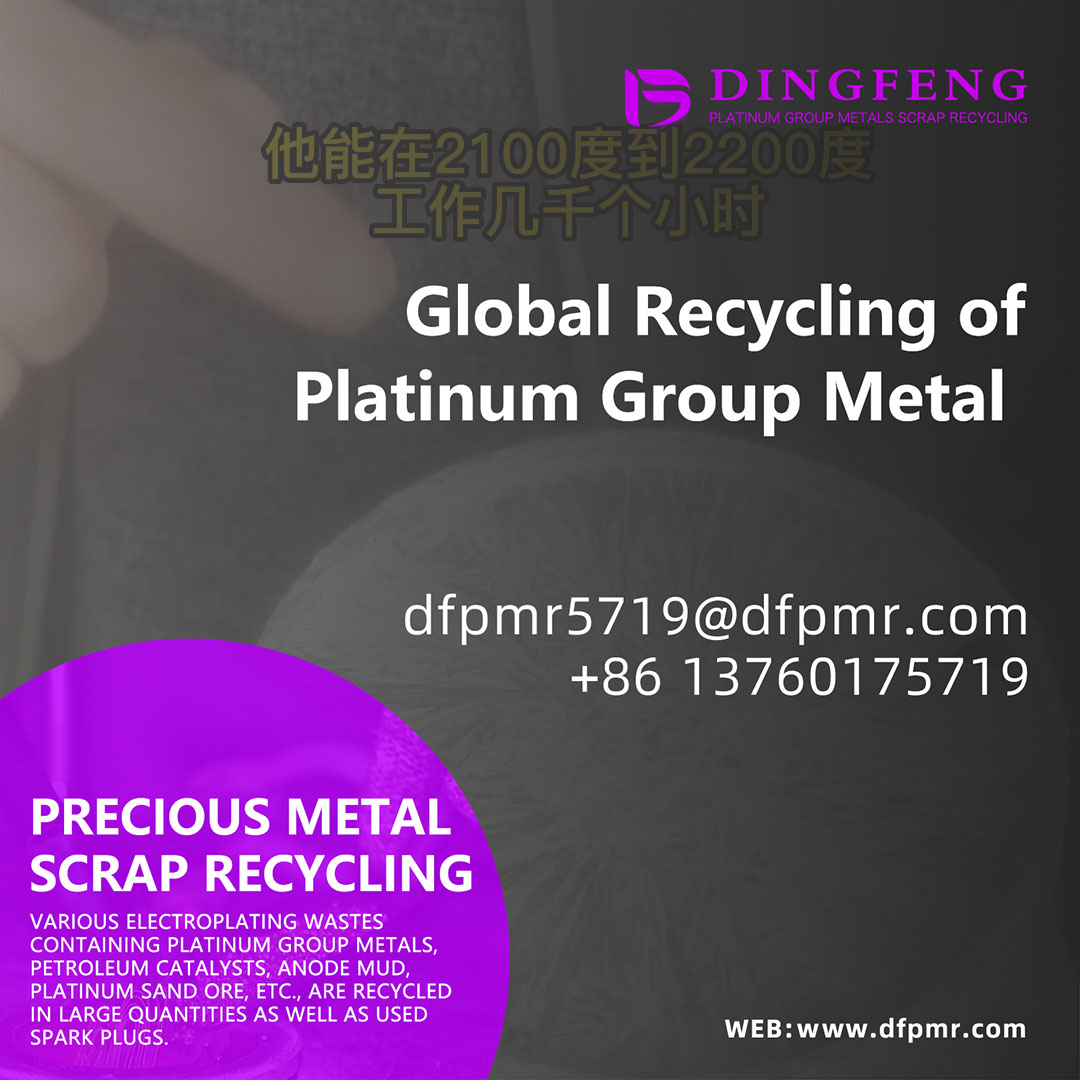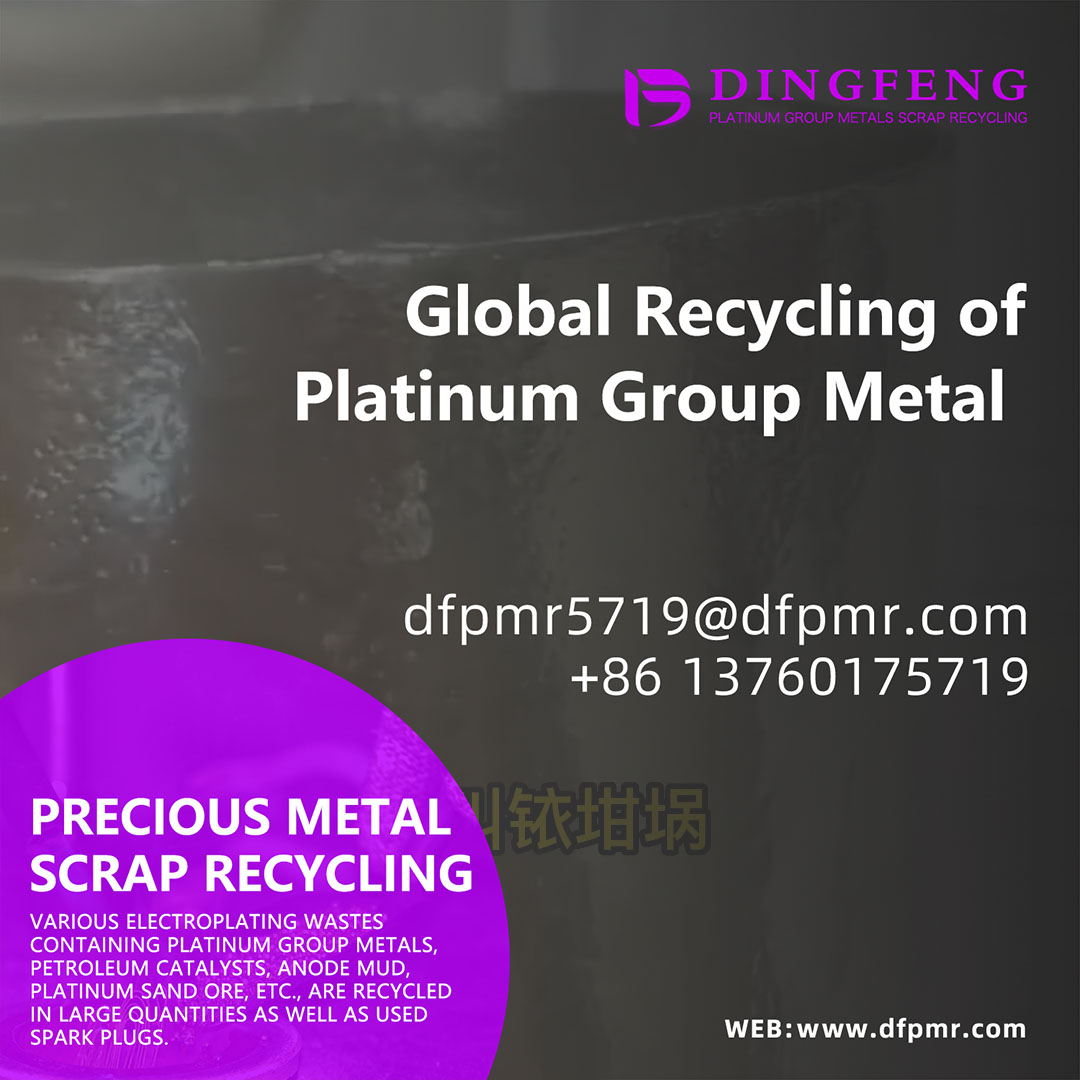Iridium rhodium alloy recycling: How to recover iridium and rhodium from iridium rhodium alloys
Iridium (Ir) and rhodium (Rh) are rare and expensive precious metals widely used in various high-tech fields, such as catalysts, electronic equipment, and aerospace. Due to their rarity and high value
Iridium (Ir) and rhodium (Rh) are rare and expensive precious metals widely used in various high-tech fields, such as catalysts, electronic equipment, and aerospace. Due to their rarity and high value, the recovery and reuse of these metals have extremely high economic and environmental significance. This article will provide a detailed introduction to the methods and techniques for recovering iridium and rhodium from iridium rhodium alloys.
1、 Characteristics of Iridium Rhodium Alloy
Iridium and rhodium have similar chemical properties, making them ideal alloys in many applications. They have high melting point, high ductility, good corrosion resistance, and excellent catalytic performance. However, these characteristics also make separating iridium and rhodium from alloys challenging.

2、 Recovery method of iridium rhodium alloy
The main methods for recovering iridium and rhodium from iridium rhodium alloys include wet and thermal methods. Wet methods mainly include solvent extraction, ion exchange, and precipitation methods; Thermal method mainly includes redox method, molten salt electrolysis method and Vacuum distillation method. The following will provide a brief introduction to these methods.
1. Wet process
1. Solvent extraction method: Solvent extraction method is a method of separating iridium and rhodium from solutions containing multiple metals. Firstly, dissolve the iridium rhodium alloy in an appropriate acidic solution, such as hydrochloric acid, nitric acid, or sulfuric acid. Then, by selectively interacting with organic solvents such as phosphates, iridium and rhodium are transferred from the aqueous phase to the organic phase. Finally, the metal in the organic phase is brought into contact with water to achieve metal recovery. This method is easy to operate and has good separation effect, but there are problems with solvent loss and organic waste treatment.
2. Ion exchange method: Ion exchange method is a method of selective adsorption and desorption of metal ions using ion exchange resins. Firstly, dissolve the iridium rhodium alloy in an acidic solution to form a solution containing iridium and rhodium ions. Then, it is separated from the solution through ion exchange resins that selectively adsorb iridium and rhodium ions. Next, the ion exchange resin is eluted with acid or alkaline eluent to achieve the recovery of iridium and rhodium ions. The ion exchange method has the advantages of high selectivity and easy operation, but it may have issues with resin loss and wastewater treatment.
3. Precipitation method: Precipitation method is a method of separating iridium and rhodium ions from a solution by adding a precipitant to form insoluble precipitates. Firstly, dissolve the iridium rhodium alloy in an appropriate acidic solution. Then, specific precipitants (such as sodium hydroxide, ammonium hydroxide or sodium sulfate) are added to precipitate iridium and rhodium ions respectively. Finally, the precipitate is collected through solid-liquid separation methods such as filtration or centrifugation to achieve the recovery of iridium and rhodium. The precipitation method is easy to operate and has a lower cost, but the separation effect is limited by the precipitation conditions, requiring strict control of operating conditions.

2. Thermal method
1. Oxidation-reduction method: The oxidation-reduction method achieves the separation of iridium and rhodium through oxidation and reduction reactions. Firstly, the iridium rhodium alloy is heated to high temperature under the action of oxygen or air to oxidize the rhodium into rhodium oxide. Next, use a reducing agent (such as hydrogen gas, carbon monoxide, or metal reducing agent) to reduce the rhodium oxide to metallic rhodium. Finally, collect the unoxidized iridium and the reduced metal rhodium. The redox method has the advantages of high purity and high yield, but the operating conditions are harsh and the equipment requirements are high.
2. Molten salt electrolysis method: Molten salt electrolysis method is an electrolysis process carried out in a high-temperature molten salt system to achieve the separation of iridium and rhodium. First, mix the iridium rhodium alloy with appropriate molten salt (such as sodium chloride, Potassium chloride or Sodium fluoride) and heat it to high temperature to form a molten state. Then, electrolysis is carried out in a molten system to separate iridium and rhodium at the anode and cathode, respectively. Finally, collect the precipitated metal iridium and rhodium. The molten salt electrolysis method can achieve high-purity and high-efficiency separation, but it has high energy consumption and complex equipment.
3. Vacuum distillation: Vacuum distillation is a method of separating iridium and rhodium by using the vapor pressure difference under vacuum conditions. Firstly, the iridium rhodium alloy is heated to a high temperature in a vacuum furnace to evaporate the rhodium. Next, condense and collect the evaporated rhodium on the condenser. Finally, collect the remaining unexpired iridium from the vacuum furnace. The Vacuum distillation method can realize the separation of high purity and high yield, but it requires a lot of energy and high equipment requirements.
The methods and techniques for recovering iridium and rhodium from iridium rhodium alloys have their own advantages and disadvantages. When selecting an appropriate recycling method, multiple factors such as metal content, recycling cost, separation effect, and environmental impact should be comprehensively considered. In addition, researching and developing new recycling technologies is also an important way to improve the efficiency of iridium rhodium alloy recycling. The recovery of iridium rhodium alloys is a significant project. By mastering and applying the above-mentioned recycling methods and technologies, effective recovery of iridium and rhodium can be achieved, providing support for resource conservation, cost reduction, and environmental protection in related industries. In the future, with the continuous progress of science and technology, the recovery technology of iridium rhodium alloy will become more mature and efficient, creating more value for the precious metal industry.
&Quot; Dingfeng Precious Metals Recycling includes precious metals such as gold, silver, palladium, rhodium, platinum, germanium, iridium, ruthenium, etc. This is our business in precious metal recycling. If you have precious metals such as gold, silver, palladium, rhodium, platinum, germanium, iridium, ruthenium that need to be recycled, please contact us and we will provide you with a satisfactory price& Quot;



